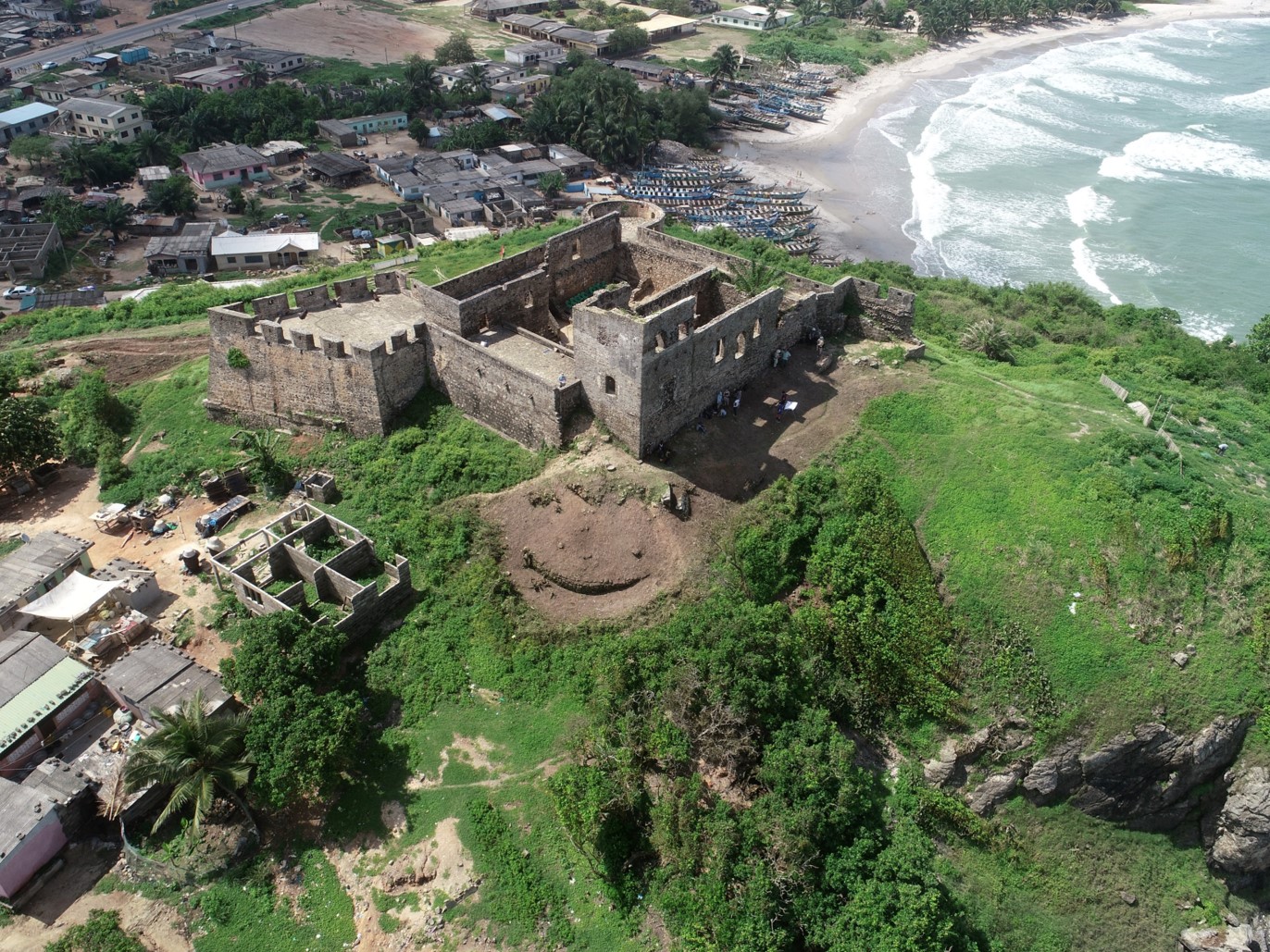Fort Amsterdam's History
After the English Civil War, Charles II returned after nine years in exile and was restored as England’s king in 1660 after agreeing to share power with Parliament. Charles II was granted an independent annual income of £1.2 million from customs and excise taxes, which gave him a strong incentive…
Read more...
King Charles II granted the Royal Adventurers of Africa a new charter in January 1663 that gave it exclusive rights to trade for African slaves between Morocco and modern South Africa. This is the English state’s first explicit claim to controlling the Atlantic slave trade and the right to trade…
Read more...
The corporal would later die of his wounds. In retaliation, the new Royal Adventurers of Africa commander takes revenge by destroying Kormantin Town after the village leaders would not turn over the murderer to the fort. It is not clear, however, whether the English destroyed Great Kormantin or the Crom…
Read more...
As Lord High Admiral of the Royal Navy, James, Duke of York, lends warships to the Royal Adventurers of Africa (which he governed) and orders Captain Robert Holmes to use this fleet to kill, sink, or destroy any opponents in West Africa. He was particularly focused onthe Dutch West India…
Read more...
Anomabu surrenders but the Dutch Fort Good Hope at Egya remains defiant. Holmes and a combined English-African force from Cormantine storms the fort but suffers heavy losses. Facing inevitable defeat, the Dutch commander placed gunpowder among the trade goods in his storeroom as a trap, which blew up eighty of…
Read more...
News of Holmes’s conquering reached the Netherlands in July 1664. Although States General diplomats publicly protested these peacetime attacks, they also secretly ordered Admiral Michiel de Ruyter to sail for West Africa and restore the West India Company’s lost holdings. De Ruyter’s fleet of 13 ships and 2,200 men captured…
Read more...
After a diplomatic mission gave a gift of 250 bendas (31.25 pounds) of gold to the Fante Braffo to not oppose his attack, de Ruyter lands around 900 Dutch troops near Anomabo fort. The English abandon and blow up the fort rather than surrender. While the Dutch advance from the…
Read more...
Formal declaration of the Second Anglo-Dutch War came several weeks after de Ruyter’s attacks in West Africa. It was largely due to the mutual attacks in West Africa that sprang from blurring English-Royal African and Dutch-West India Company national and corporate interests, competition, and activities.


